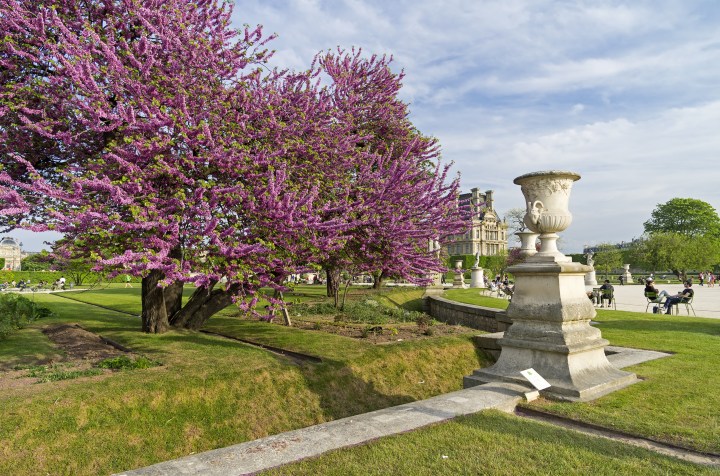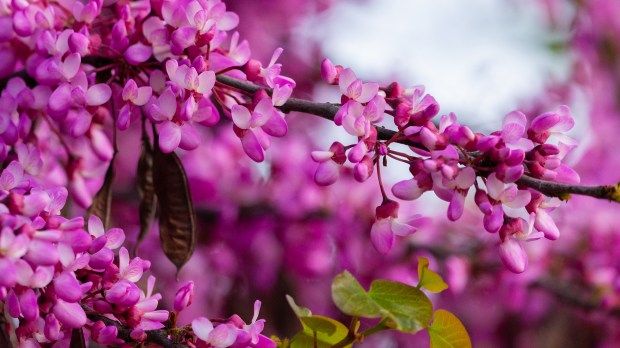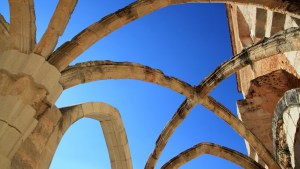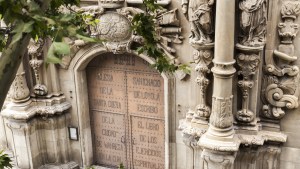Lenten Campaign 2025
This content is free of charge, as are all our articles.
Support us with a donation that is tax-deductible and enable us to continue to reach millions of readers.
We are all familiar with the yucca brevifolia, the famous Joshua Tree, growing in the arid southwest of the United States, and in northwestern Mexico. Legend has it that when Mormon immigrants crossed the Colorado river in the mid-19th century, they named the tree after the biblical figure Joshua. The tree’s branches reminded them of Joshua’s arms outstretched in supplication, begging for the sun to stand still so he can complete his military quest:
On the day when the Lord gave the Amorites over to the Israelites, Joshua spoke to the Lord; and he said in the sight of Israel,
‘Sun, stand still at Gibeon, and Moon, in the valley of Aijalon.’ And the sun stood still, and the moon stopped, until the nation took vengeance on their enemies.
Joshua 10, 12-13.
Others claim that the branches do not resemble outstretched, praying arms. The sharp leaves of the tree reminded these immigrants of Joshua’s blade:
Then the Lord said to Joshua, ‘Stretch out the sword that is in your hand toward Ai; for I will give it into your hand.’ And Joshua stretched out the sword that was in his hand toward the city. As soon as he stretched out his hand, the troops in ambush rose quickly out of their place and rushed forward. They entered the city, took it, and at once set the city on fire.
Joshua 8, 18-19.
The Judas Tree
The Cercis siliquastrum, more commonly known as the Judas tree or Judas-tree, has a different story. Although it is named after a biblical character, Judas Iscariot, the origins of the name of the Judas tree are somewhat less strictly biblical – and rather more imaginative.
The rather small Judas tree is relatively common in Southern Europe, the Middle East, and Western Asia, and it is noted for its plentiful display of deep pink flowers in spring. In fact, it is the first tree to bloom after the winter is over in Andalucía, Spain. The flowers are themselves edible, with a sweet-acid taste. They are even used to add flavor and color to salads and spicy marinades.

Some Christian traditions claim that Judas hanged himself from one of these trees, causing its (allegedly) originally white flowers to turn red. It is commonly believed that these traditions are themselves the product of a slightly corrupt derivation of the common French name given to the tree, “Arbre de Judée,” which literally translates “tree of Judea” – and not “of Judas.”
Other traditions claim that since some of the flowers and seedpods of the tree dangle directly from its trunk, they call to mind Judas’ suicide.
Another explanation is based on the false idea that the tree killed the bees drawn to it, as if “betraying” them. The bright, deep color of the tree’s flowers would tempt the bees, who would be poisoned — allegedly — by an opiate the moment they try to gather any pollen. This belief seems to be born from the fact that the flowers and the bark of the tree have been traditionally used in Palestinian medicine to heal headaches and flu.



